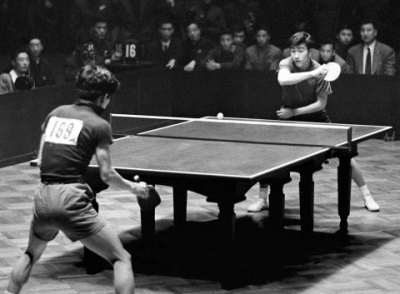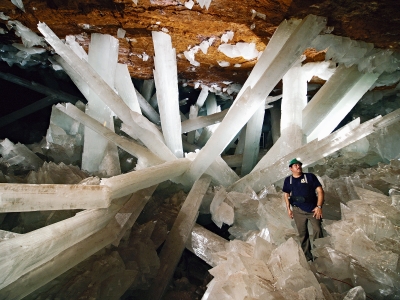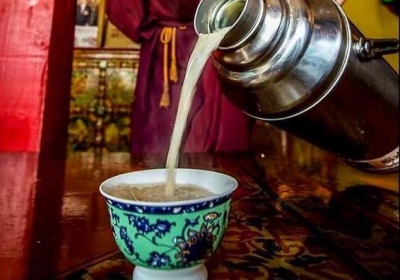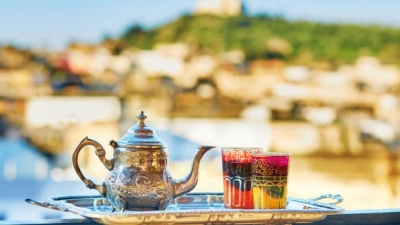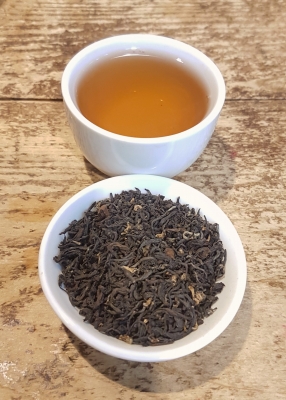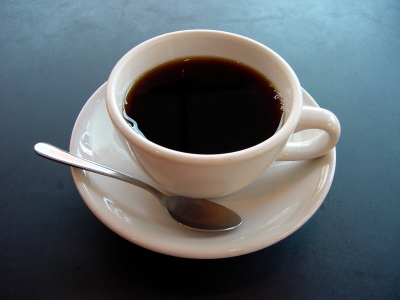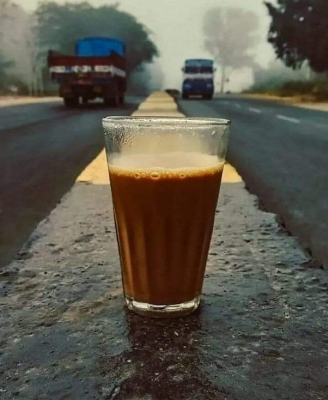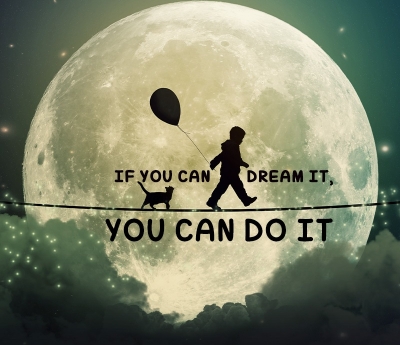
Once in my twelfth standard class, I watched students cry when I read the poem “Home they brought the warrior dead,” I am sure you giggled, yawned, listened with rapt attention, dreamed or clapped in the end – while listening to poem being read to you. Was that the power of the words? Was it the way it was read? Both?
Many things contribute to the “enjoyment” of poetry. Sometimes it is the depth of the thought. Sometimes it is the impression the words leave with you.
Sometimes it is because it is the kind of poem you like. Sometimes it is the way the words are arranged, the imagery you get. It is also possible that you are not impressed at all! But you try to understand the poem, see how you feel about the thoughts expressed. You are expected to “react” to a poem, not analyse it. If you are not sure about the poem’s meaning and the poet’s intent, you read it again and again till you are able to assess your feelings towards what the poet says.
Keep these in mind, when you start reading a poem.
[1] The title: Sure, a poem’s title may not always be of significance. It may not appeal to you. But some certainly draw you to explore the contents. Examples: Paradise Lost, Do Not Go Gentle Into The Night, The Road Not Taken. It is true that sometimes the title does not say much (The Snow Man by William Blake), but most reveal a hint. Read on, and then ask yourself; Does the title reflect the true meaning of the poem?
[2] Words/Phrases: Ask: Why has the poet chosen this word/phrase? Why did Wordsworth write”Ten thousand saw I” not “Ten thousand I saw”? Why are some words repeated (Of the bells, Of the bells, bells, bells, bells, bells, bells, bell by Edgar Allan Poe)? Which word/phrase stands out? (“Men may come....forever” – The Brook by Tennyson.) Is there a word/phrase that has more than one meaning? Are there words which convey opposite thoughts (“Darkness visible” – John Milton, Paradise Lost)?
[3] Style/Diction: Is the poem in an elaborate style, with a lot of descriptive lines? Is it a simple or a dense one in meaning? Is it formal, conversational, abstract, descriptive? How would you describe the language and vocabulary (register): informal, formal, common, casual, neutral, mixed?
[4] Tone: What seems to be attitude of the poet towards his audience? Does he speak directly (‘Tell me not, in mournful numbers”)? What is his attitude towards the subject of the poem? Is the tone serious, ironic, argumentative, somebre, abrupt, playful, cheerful, sad, or a mix of one or more of these? Does it keep changing? Is it clear/unclear?
[5] Word Order: What is special about the way the words are arranges? What effect does it bring? How is “Her arms across her chest she laid” different from “She laid her arms across chest”? Are the lines made of long sentences or fragmented phrases? Does it jump around before flowing smoothly?
[6] Punctuation: Punctuation in poems is often different from the punctuation in prose. Poems are made of lines and not sentences, so they stop abruptly, have dashes or commas to mark the end of a line. Punctuation is often used to create rhythm. Sometimes the lines stop without punctuation and the thought continues in the next line. So check out: Is the punctuation unusual? Does it add to the beauty of the poem?
[7] Figures of speech: Poets use figurative language to present their ideas in condensed form. There are similes and metaphors, alliteration, repetition, personification and onomatopoeia. Most of all, there is imagery – word pictures that bring the description alive. Here is an example from the poem “Egret Rising.”
Like a phoenix rising not from flames but watery reeds,
The egret flapped its wings and gracefully rose up from the weeds.
The flash of white feathers shone against green leaves and clear blue sky,
The majestic bird set a course unknown and swiftly away did fly.
So, look for exaggeration (hyberbole: “Ten thousand saw I at a glance”), metaphors and unusual construction of lines.
Hope is the thing with feathers –
That perches in the soul –
And sings the tune without the words –
And never stops at all –
From Hpoe Is The Thing With Feathers by Emily Dickinson
[8] Rhythm and Meter: The first poems you read had a regular beat and a rhyme scheme. This was to help you memories the poem. Remember “Twinkle, twinkle little star?” Poems are musical. So look for the rhythmic patterns.
“Tyger! Tyger! Burning bright
In the forests of the night
What immortal hand or eye Could frame thy fearful symmetry?”
Read the poem aloud, and the beat becomes very clear.
[9] Speaker/Narrator: Who is the speaker? Is he talking to the reader? Is he a narrator telling a story? [Read The Highwayman by Alfred Noyes.] Ask: What is happening in the poem? Is is action? Drama? Who tells the story of The Ancient Mariner by Coleridge?
[10] Time/ Setting: These are important to understand in a narrative poem. What was the World understand in a narrative poem. What was the world like when the poet wrote these lines? Is a sense of place clear (urban, pastoral, forest, desert, beach, etc.), or does the poem seem to occupy an abstract time and place (such as mental or emotional state)?
Picture Credit : Google
